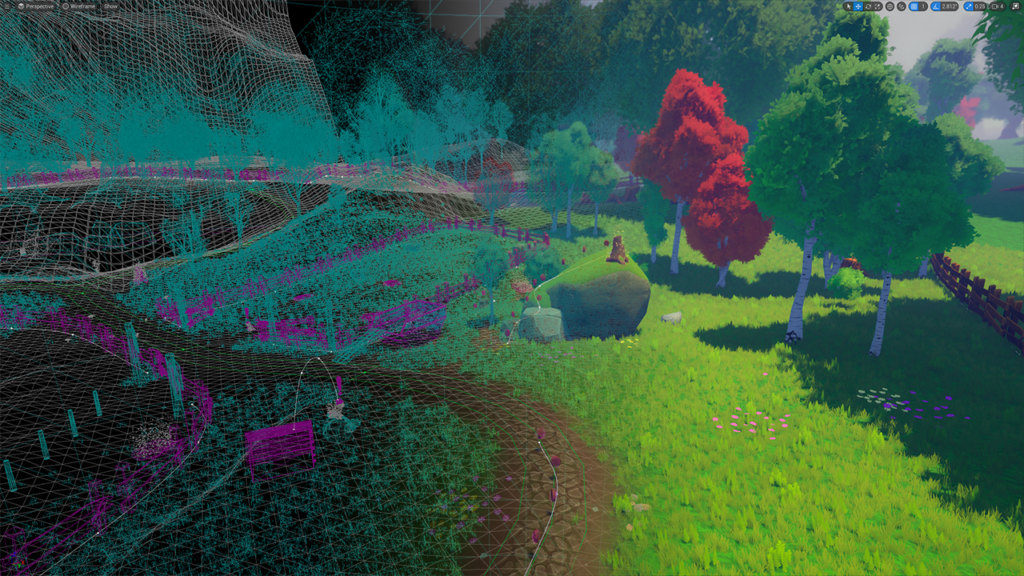 As we showcased #Walkies at both the #YorkshireGamesFestival and #GuildfordGamesFestival, we had a number of undergraduates and recent graduates ask how they could get into the games industry. Everyone’s journey into making games is a different one and securing a position can vary wildly from job role to studio, so I would only be able to highlight my own path of getting into the industry (and would not likely be helpful in today’s market).
As we showcased #Walkies at both the #YorkshireGamesFestival and #GuildfordGamesFestival, we had a number of undergraduates and recent graduates ask how they could get into the games industry. Everyone’s journey into making games is a different one and securing a position can vary wildly from job role to studio, so I would only be able to highlight my own path of getting into the industry (and would not likely be helpful in today’s market).
I had many new Games Designers ask what we would look for when considering a games designer and how they could be more industry ready, so here we go!
I’ve heard some talks and discussion about how kids can make a game out of anything. Within minutes, they’ve established rules and constraints around whatever play they’re involved with… and they change the rules on a whim, usually leaning towards what’s more fun, but sometimes to skew who is “winning.”
There’s a sense of wonder and excitement when creating a game, any game. Some designers I’ve worked with have lost this wonder, or at least, it’s diluted behind best practices, design paradigms or terminology… forgetting that first and foremost, the game must be fun. This isn’t to say that best practices aren’t important, they are! They help with laying the foundations and providing building blocks to approach game design, it’s that these can often cause a loss of focus over the core of any game: fun.
I’ve also seen something akin to the “blank page” syndrome, in that it can be unbelievably daunting figuring out where to start.
The most positive designers I’ve worked with have hit upon 3 key traits.
The first is, as I’ve said, “Find the Fun.” No matter what, constantly asking oneself “is this fun?” Are the controls fun? Is the movement fun? Is the camera fun? Of course, it’s “fun” related to the appropriateness of the game or project, but it’s still relevant!
The second is experimentation. One might feel that something isn’t quite right, but cannot see the best way to get to the solution. Sometimes it’s not in the same direction that the feature, team or game were going, but on a sideways path. Sometimes it’s as simple as “framing” the tools in a different light (there’s an amazing post-mortem on the first BioShock game, where the designers created the term for using Plasmids and Weapons, calling it the 1-2 Punch).
And lastly, the third is understanding that design (and any of the more creative sides of development like art, sound, music etc) approach the game in a similar vein to players, a more “top down” view. Whereas technical members, like programmers, will most often be looking at it from a functional and “bottom up” direction. Knowing this and finding a way to get to the middle ground will be where the magic happens!
So in a Games Design student or graduate, I would look for:
- a flexibility in how one approaches the design of the game
- a freedom to experiment and quickly iterate, being willing to go down different paths entirely to find the fun
- and working with technical members or limitations, so that the vision from the creatives and the functional abilities of the technical elements gel together, rather than hit against one another
There has never been a better time to make games than now and as every year passes, the technological barrier to entry continues to lower. From Unreal, to Unity, or Lumberyard, Game Maker Studio, Adventure Game Studio, RPG Maker and more, there is a tool that will enable a designer to bring their game to fruition. If the goal is secure a position, then having proven playable games in ones portfolio is a must!
So my last, and probably biggest piece of advice is: Make games.
Keep making games. Start with the smallest game or tiniest piece and build from there.
